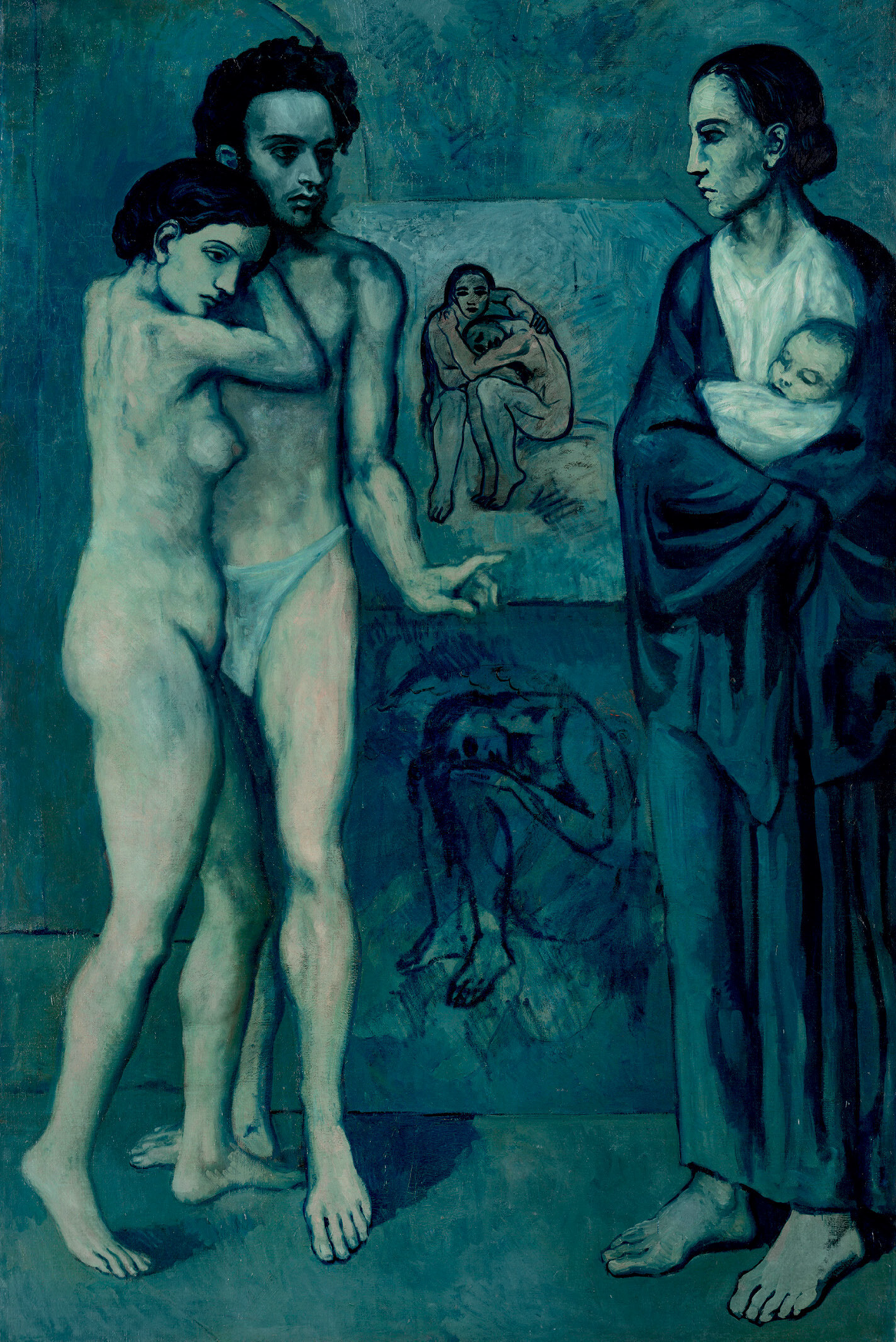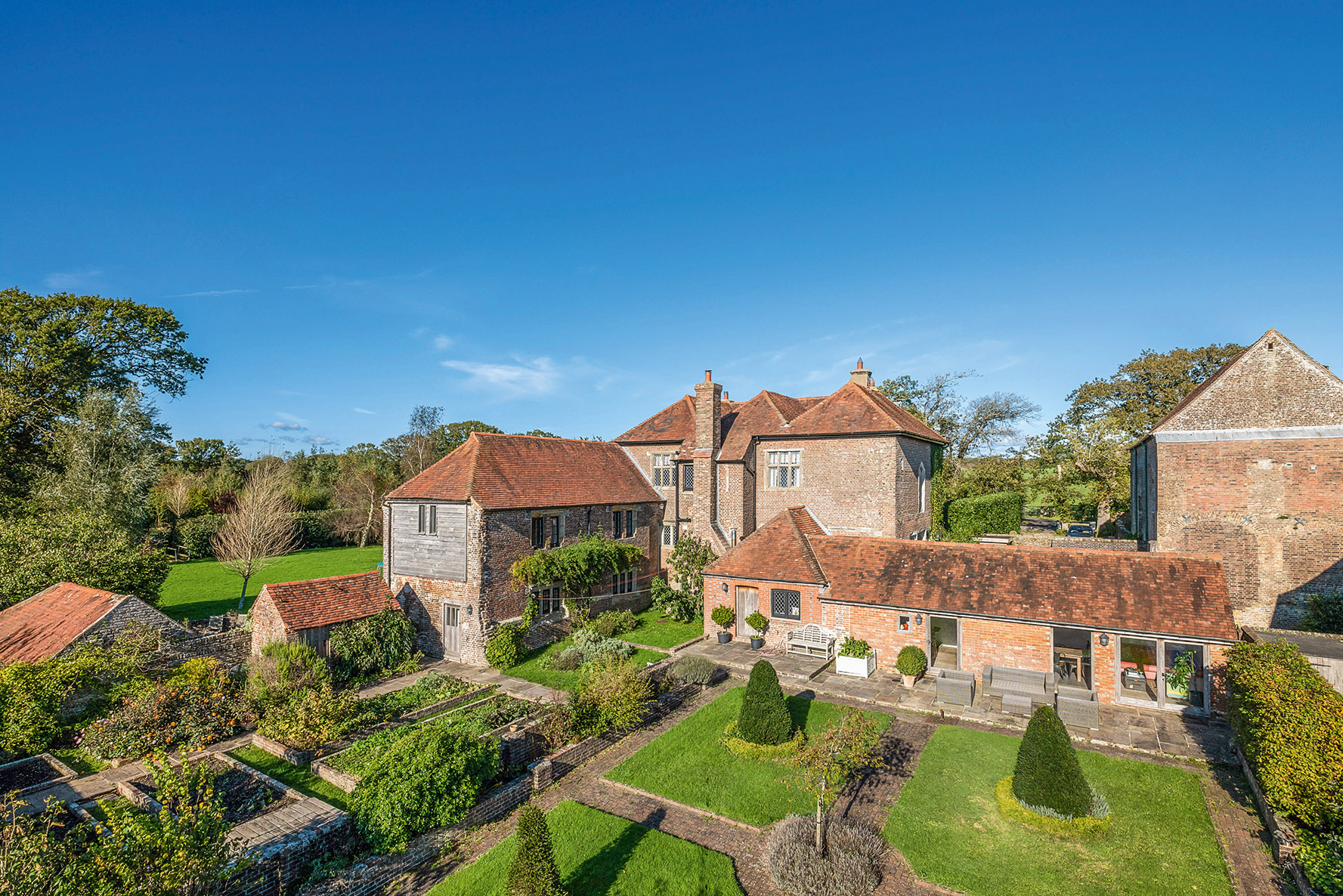My favourite painting: Hugo Barclay
Hugo Barclay, director of the Affordable Art Fair, chooses an unusual Picasso.


Hugo Barclay on his choice of 'La Vie' by Pablo Picasso
‘I chose this painting because of how complete it feels. Picasso’s Blue Period series captivated me in my teens and influenced me to pursue an art-and-design scholarship at school. La Vie is emotive on so many levels, awash with symbolism.
'Picasso produced this work to help him come to terms with the death of his friend and there is so much emotion conveyed within it: fear, love, sadness, composure, hope, life. To me, it’s a real illustration of the vulnerability of humanity and our compassion.’
Hugo Barclay is director of the Affordable Art Fair UK, which returns to London’s Battersea from October 19–22
Charlotte Mullins on La Vie
In January 1903, Pablo Picasso returned to his family home in Barcelona after a disastrous third trip to Paris. The paintings he had taken with him had failed to sell, he couldn’t interest a dealer and he had no money for materials. In Barcelona, he continued to work on blue monochrome paintings — works we now group together as his Blue Period — and by the end of May he had completed La Vie. It is a complex arrangement of figures who either stand in a shallow spartan interior or appear on canvases on the wall behind. Picasso’s biographer John Richardson likens La Vie to the Tarot card ‘The Lovers’, on which a naked Adam and Eve appear beneath an angel. But there is no angel here, only a bare-footed mother cradling her baby, cheeks gaunt with hunger. More likely, it is a response to Paul Gauguin’s large life-cycle painting Where do we come from? What are we? Where are we going?, a work Picasso had seen at Ambroise Vollard’s gallery in Paris 18 months earlier.
X-rays reveal that, initially, Picasso painted himself as the male nude, but as he worked he transformed the figure into his late friend Carles Casagemas, an artist who had committed suicide two years earlier (triggering the Blue Period). The resulting painting is a palimpsest of misery and desperation, but, despite this, it found an early buyer, causing El Liberal newspaper to trumpet that La Vie ‘is one of those works which can at a stroke establish an artist’s name and reputation’.

Credit: Jackson-Stops
The Manor House for sale in the English village where the local pub landlord once refused to take a Picasso in exchange for a round of drinks
The village of Chiddingly in East Sussex is a delightful place full of stories, and one of its most beautiful

In Focus: Why Dora Maar’s vision placed her in the first rank of Surrealists
The brilliant, innovative photographer at the forefront of Surrealism was much more than merely Picasso’s mistress, says Matthew Dennison.

Credit: Picasso, Pablo (1881-1973): <i>Girl Before a Mirror </i>(Boisgeloup, March 1932). New York, Museum of Modern Art (MoMA)
Exquisite houses, the beauty of Nature, and how to get the most from your life, straight to your inbox.
In Focus: The Picasso portrait which revealed to the world his 22-year-old muse
The Tate Modern's first-ever exhibition focusing solely on Picasso concentrates solely on a single year in the life of this

In Focus: A show that uses Degas, Picasso and Cezanne to warn us about the post-Brexit world
A pre-lockdown trip to ‘Degas to Picasso: International Modern Masters’ at the Pallant House Gallery leaves you feeling that British

Charlotte Mullins is an art critic, writer and broadcaster. Her latest book, The Art Isles: A 15,000 year story of art in the British Isles, will be published by Yale University Press in October 2025.